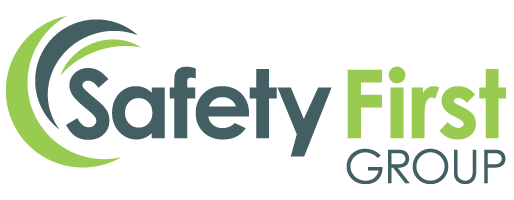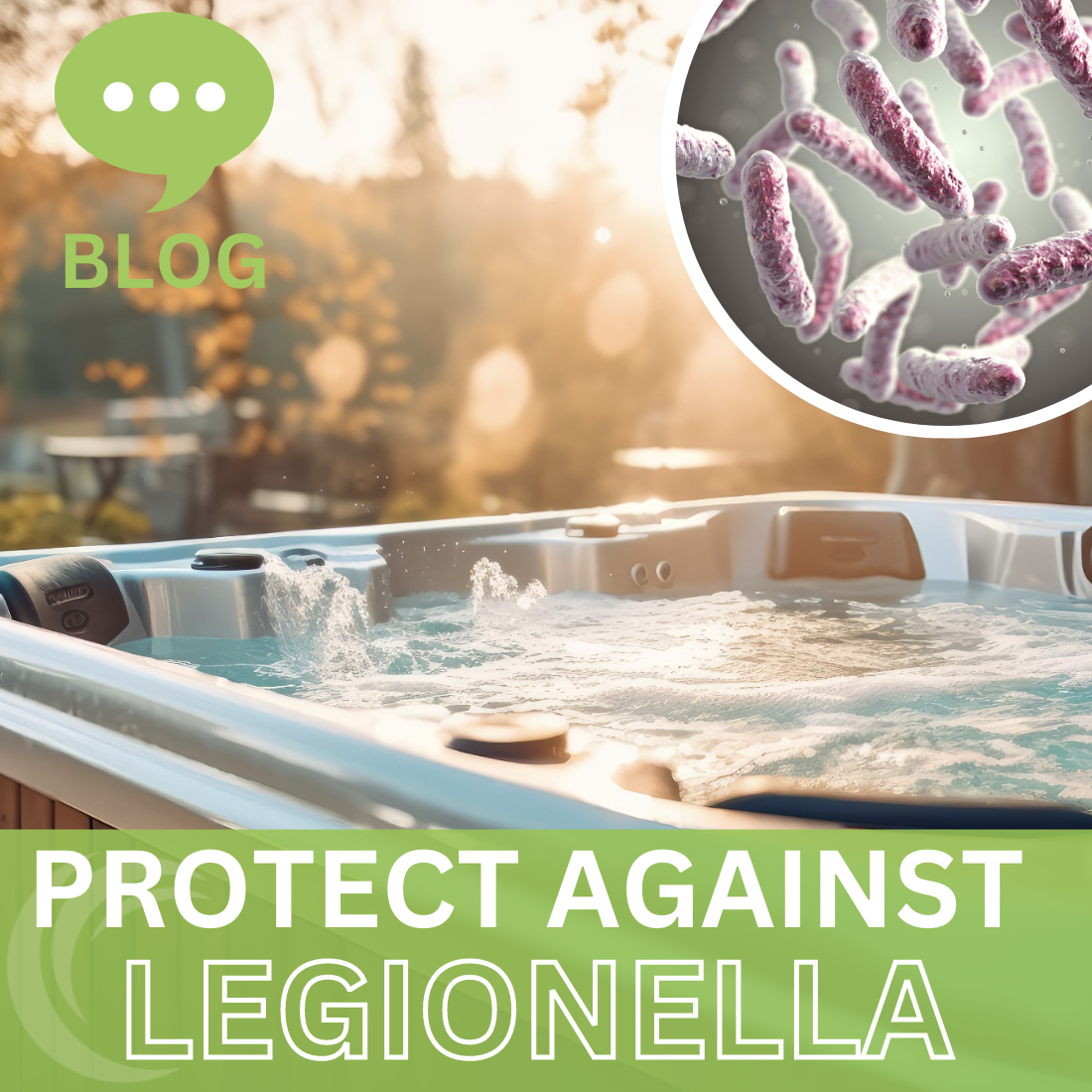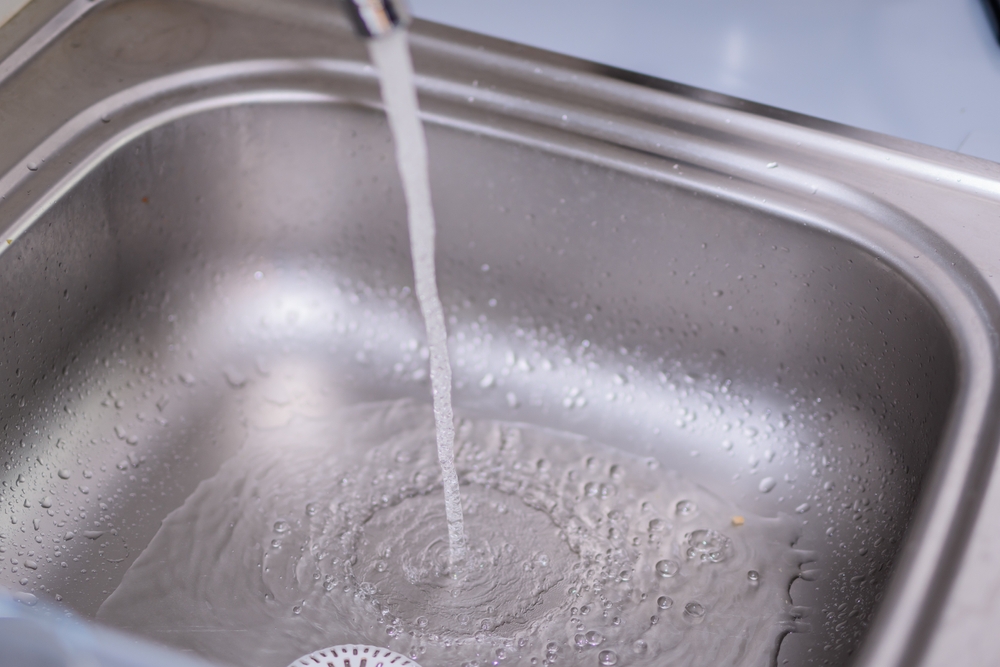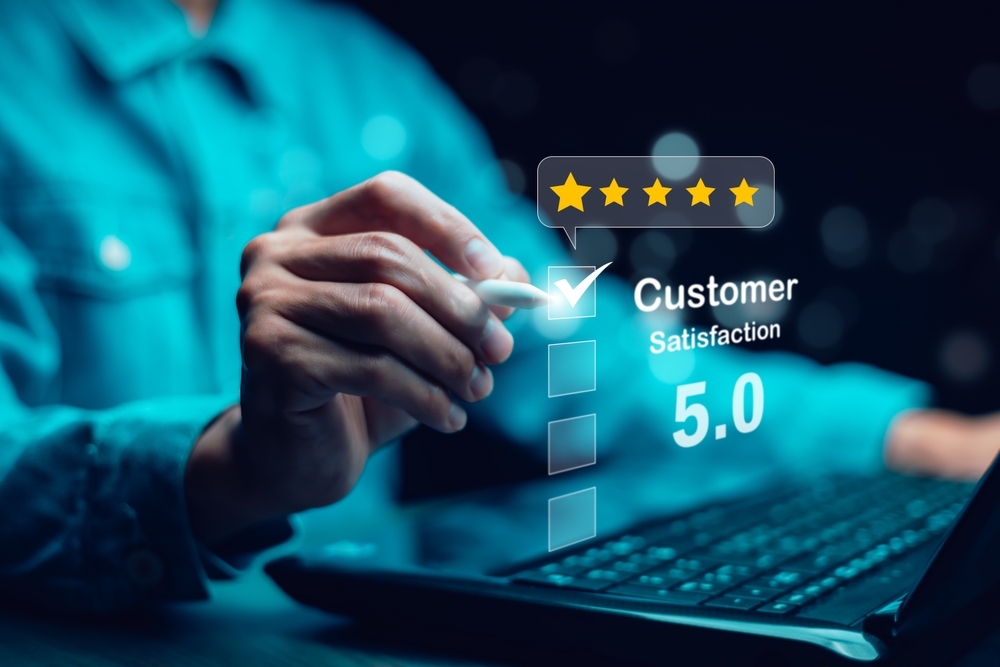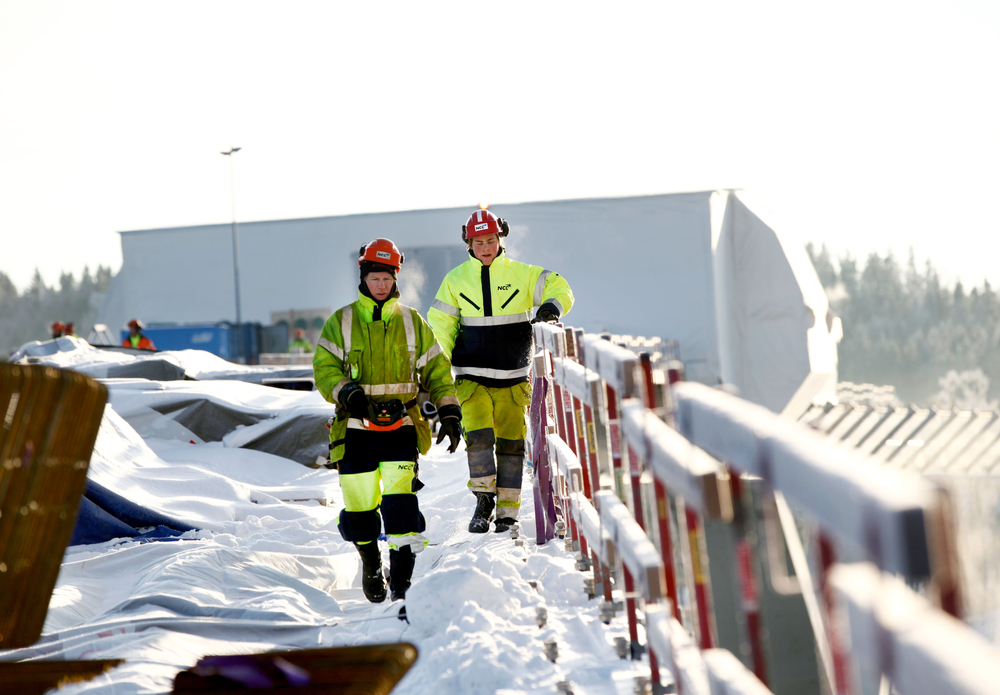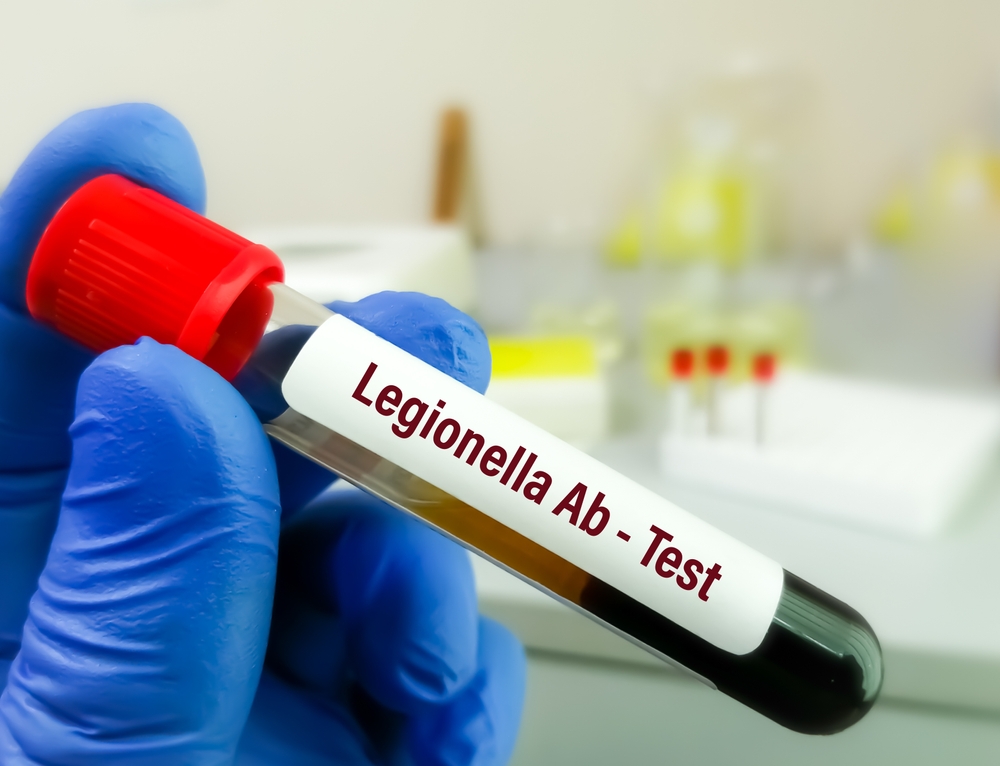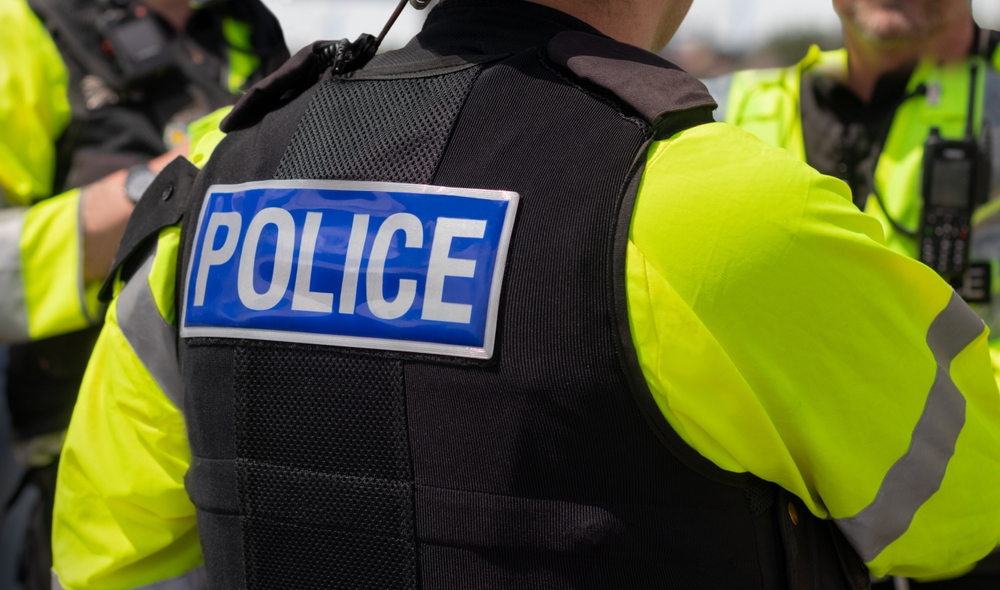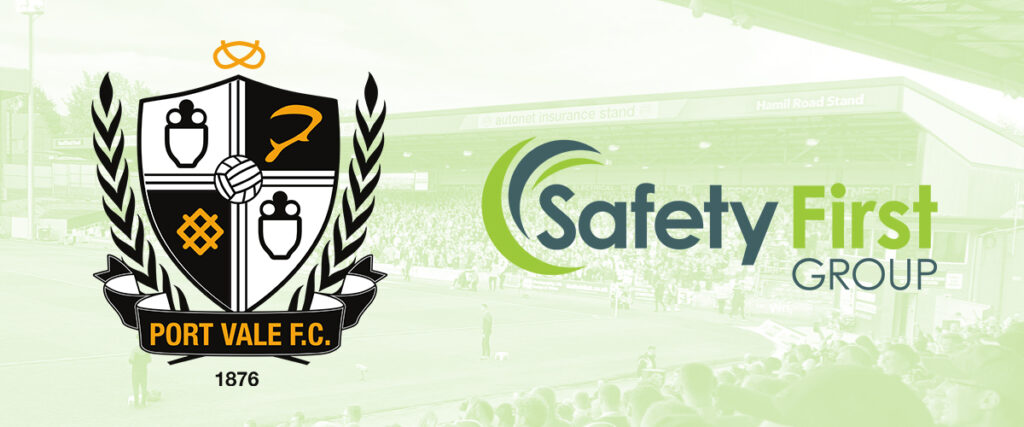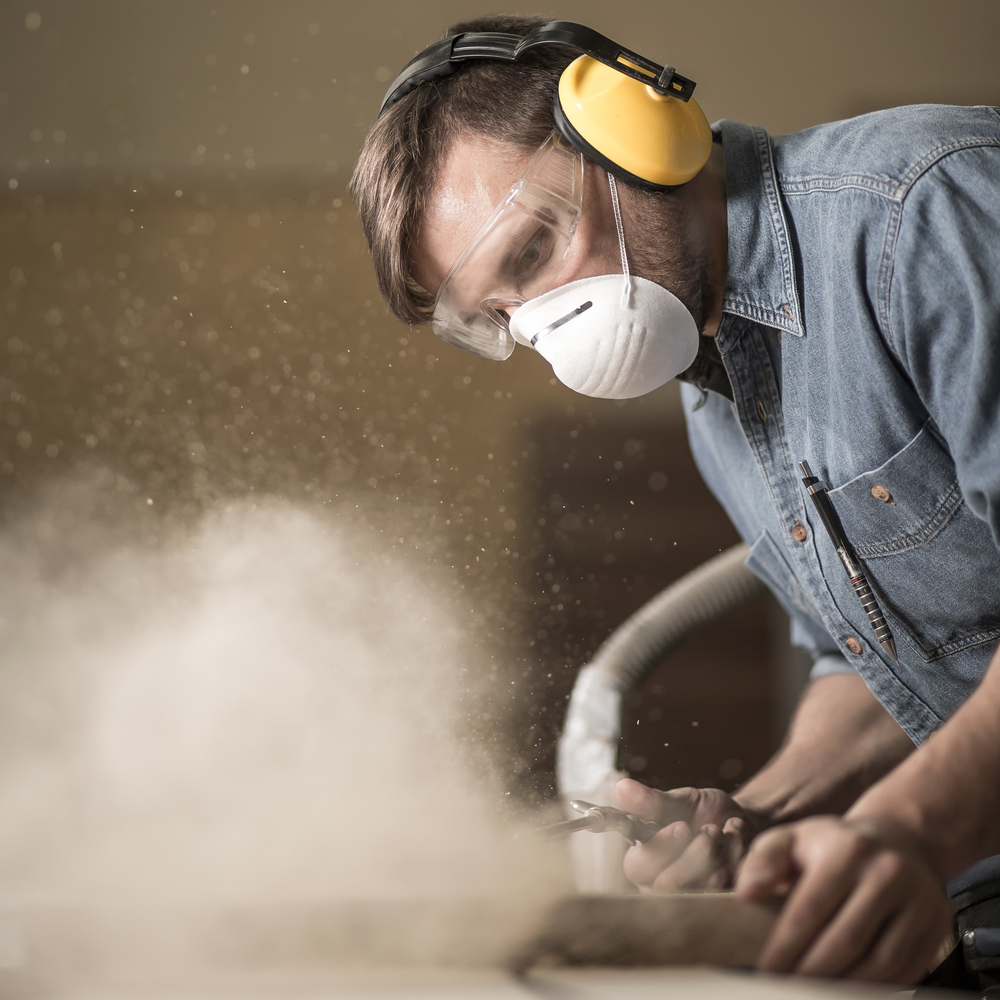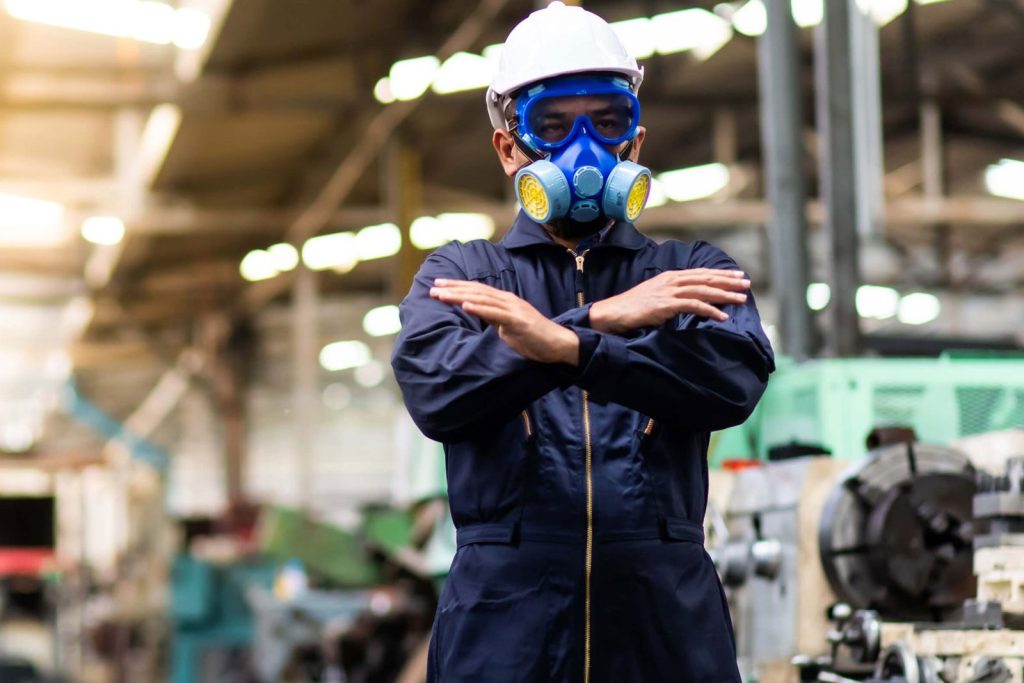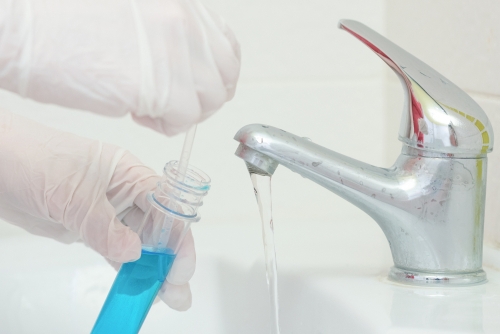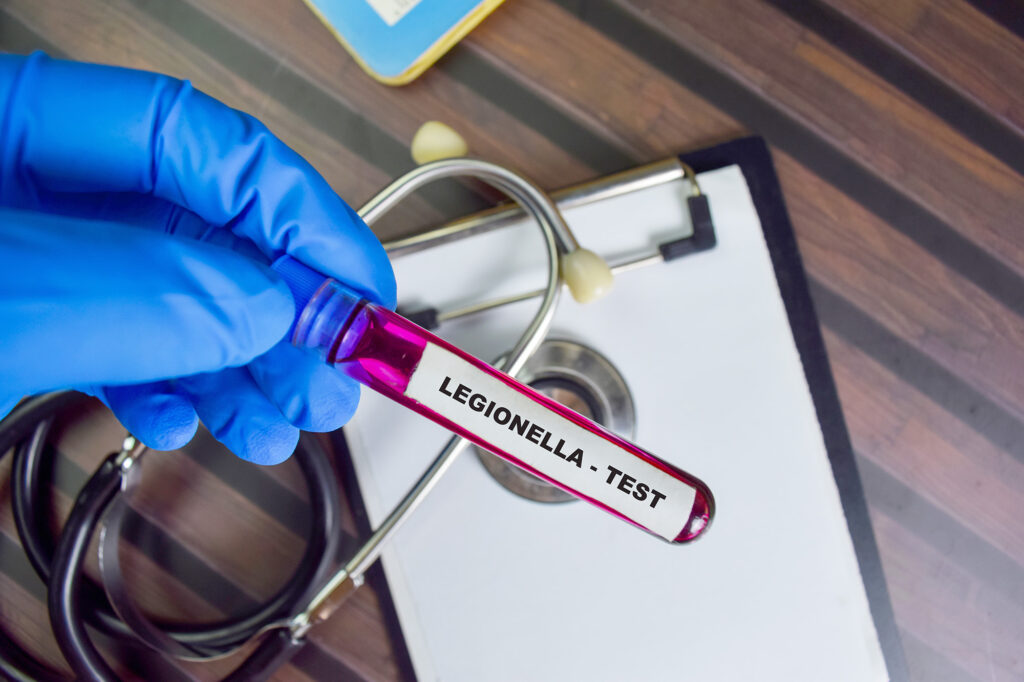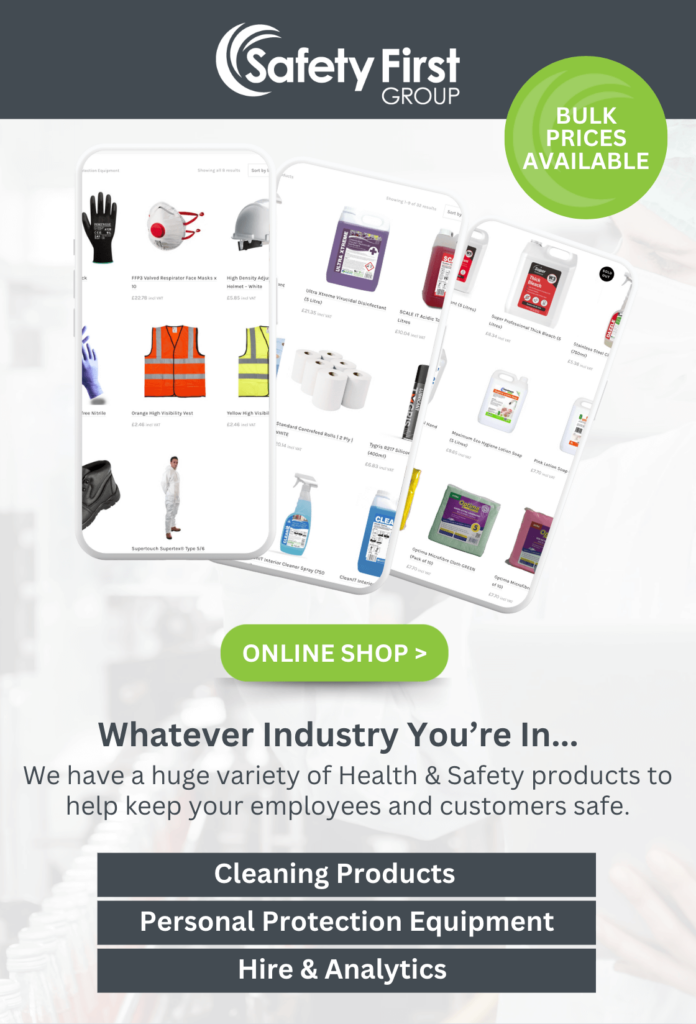Let us help take this stress away and protect your employees and/or customers.
There are many different aspects of legionella control and management, from risk assessment and routine monitoring to legionella awareness training and water sampling and these can often be very confusing!
Latest International Outbreaks
In the last week in the US, a hot tub at a resort may have been the source of a Legionnaires’ disease exposure that resulted in the death of a guest and sickened another guest, health officials said on Friday. Legionnaires’ disease is a pneumonia characterised by fever, cough, shortness of breath, muscle aches, headaches, and pulmonary infiltrates consistent with pneumonia. Illness often is severe enough to require hospitalisation and has an [up] to 10% fatality rate.*
Not only this, in Australia in the last couple of months, it is reported that people who have visited Sydney’s CBD recently have been warned to be alert for symptoms of Legionnaire’s Disease.
Despite these examples being international it highlights the vital importance of monitoring, managing and controlling this fatal disease in the workplace, in hospitality and in the home (particularly in rental houses where water systems can often be left stagnant between tenancies) because legionella isn’t country specific, it doesn’t discriminate!
But what is legionnaires’ disease, how can you catch it, can it be fatal and what caused this outbreak?
What is it?
Legionellosis is a collective term for diseases caused by legionella bacteria including the most serious Legionnaires’ disease, as well as the similar but less serious conditions of Pontiac fever and Lochgoilhead fever. Legionnaires’ disease is a potentially fatal form of pneumonia and everyone is susceptible to infection.
The bacterium Legionella pneumophila and related bacteria are common in natural water sources such as rivers, lakes and reservoirs, but usually in low numbers. They may also be found in purpose-built water systems such as cooling towers, evaporative condensers, hot and cold water systems and spa pools.
If conditions are favourable, the bacteria may grow increasing the risks of Legionnaires’ disease and it is therefore important to control the risks by introducing appropriate measures.
People can contract legionnaires’ disease by breathing in contaminated dust or water vapour. Symptoms can develop up to 10 days from the time of exposure to contaminated water particles in the air.
In the current Australian outbreak investigation, 10 people have been identified with the legionella bacteria that causes legionnaires’ disease. They include three women and four men ranging in age from their 20s to their 70s – plus three additional people not included in the initial health alert. They have all been admitted to hospital for the treatment of pneumonia.
How did the Australian outbreak happen?
The current Sydney cluster could be attributed to the Christmas break when some buildings shut down. The cooler weather also means air conditioning could be turned off.
“If the cooling towers are turned off and left off for a while, the legionella grows in that slime; the slime detaches, then when it is turned on, a big flush of bacteria suddenly goes into the cooling tower and goes out in a drift, and that may happen before the chemical treatment can get to them and treat them,” an expert says.
Cooling towers generate a fine mist – or aerosol – which is released into the air and can be inhaled into the lungs. This is how people can contract the disease.
Safety First & Legionella Compliance
Depending on your circumstances and the size of your business you may require all, or some of the legionella services we offer.
Safety First’s Legionella Monitoring
Any water system, with the right environmental conditions, could be a source for legionella bacteria growth. Common sectors include hospitality, spas, hot tubs, landlord empty properties and healthcare facilities. LEARN MORE.
Safety First’s Legionella Risk Assessment
The aim of a Legionella risk assessment is to identify potential risk sources and propose subsequent methods for prevention, control, monitoring, inspection and maintenance in order to reduce the likelihood of serious health complaints. LEARN MORE.
Safety First’s Water Sampling
Regular water sampling can significantly reduce the risks of an outbreak. The BS6700 specifies that microbiological activity should be measured every 6 months, where potable (drinking water) is stored. We sample domestic hot and cold water systems, miscellaneous water systems and process water. This includes Legionella and drinking water analysis for potable water, with both before and after water samples. LEARN MORE.
Safety First’s Online Legionella Awareness Training
Our online training is an efficient, stress-free and cost-effective way to reduce the risk of exposure to legionella in an organisation. This Legionella awareness course will ensure your business is compliant with all regulations, including ACoP L8 and BSBS8580:2010.
Through our e-learning portal, you will learn how to manage the risk to yourself and others from legionella bacteria that may be present and maintain your organisation’s compliance.
This course is for anybody who may be working in areas where Legionella bacteria may be present to assess and reduce the risk of exposure to legionella. LEARN MORE.
Safety First’s Remedial Works
Once we have completed your Legionella risk assessment, sampling or monitoring, our specialist team can than identify any risks that will require remedial works to reduce the potential growth of Legionella in your water system- and crucially install pre-emptive measures to ensure your business will not suffer from the consequences of Legionella.
Safety First offers a full remedial works package or simply a one-off turnkey service as determined by our Water Hygiene Manager and the team. LEARN MORE.
Safety First Legionella Expertise
Our recent appointment of Tim Lees allows us to provide comprehensive solutions in the field of occupational hygiene, in particular Legionella and water hygiene.
Tim has over ten years’ experience and will add to our highly qualified specialist team in health and safety. The appointment signifies the commitment we have in leading the way in Legionella control. We currently offer a range of services aimed at preventing exposure to the Legionella bacteria including Legionella risk assessments, Legionella Monitoring, Legionella awareness online training, remedial works and water sampling
Get in touch:
If you have questions regarding the issues raised above or you would like to speak with our Water Hygiene Manager Tim, please Contact us.
Contact our friendly team of experts to find out more about Legionella monitoring or any of our other services.
Sources: https://www.bostonglobe.com/2024/01/19/metro/hot-tub-at-nh-resort-possible-source-of-legionnaires-disease-reported-last-month/
https://www.hse.gov.uk/legionnaires/what-is.htm
